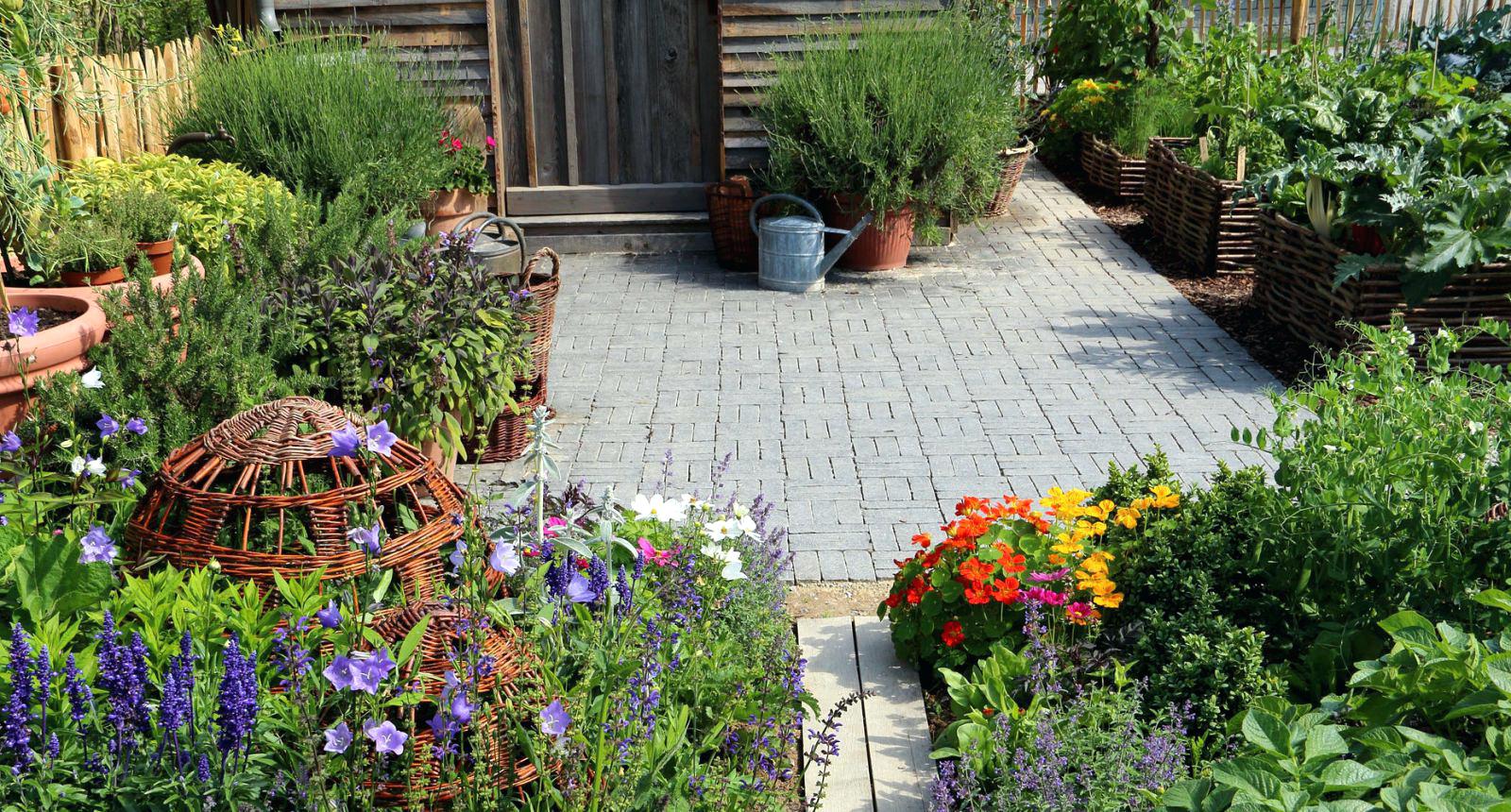Do you love to have a garden but don’t have time to maintain it? Don’t worry. No matter, how lazy or time-deprived you are, there is at least one plant that requires just the time you have to maintain it.
The fact is that everyone feels calm in the company of plants. Greenery makes a huge difference to any space. But if you are worried that you can’t give your plants the necessary maintenance, you can grow a low-maintenance garden.
Amico is a Sydney-based company that provides gardening and landscaping services. Their experts have some wonderful ideas about low-maintenance garden for people who are short of time. They share some of them with us.
1. Select Low-key Plants
If you are not very active as a gardener but still wish to have greenery before your eyes whenever you step out of your home, you can choose low-key plants.
Plants that don’t want much attention can be the best for you. Potted cacti are the best low-key plants. So also is mother-in-law’s tongue or Sansevieria trifasciata.
Habituated to grow in deserts, cacti can remain green and beautiful without water for quite longer. And if you want flowers, they have them too. Thus even if you water them once or twice in a week, you can have delightful and fresh colours in your yard.
2. Make a Slow Start
If you are lazy or are really short of time, it’s better not to start with buying too many plants. You may start with great enthusiasm and may lose it over time, and your garden may suffer.
In that case, it’s advisable to start with only two or three plants and gain confidence to maintain them. Once you realise that you can take care well of those plants, you may consider to increase your collection one-by-one.
3. Pay Attention to Soil
It’s obvious that plants’ roots are in soil and therefore the soil should be suited to them. For example, succulents need a well-draining soil, whereas a good-quality potting mix is enough to make most other low-maintenance plants happy.
You can also take help from companies that provide professional gardening services Paddington such as Amico to learn these various gardening factors.
4. Take Care of Light
All in all, light is very essential for plants. However, different plants need different amounts of it. If you choose the right spot for your plants that is suitable for them to thrive, you won’t need to pay much attention to them.
Plants like rosemary and succulents will need a lot of sunlight, whereas Devil’s Eye (Epipremnum aureum) and mother-in-law’s tongue will survive (and thrive as well) in low light and medium conditions.
5. Buy a Moisture Calculator
Plants should be watered just adequately, neither more, nor less. If they are watered less or more than necessary, they may die. So, what to do? Don’t worry. You can buy a soil moisture meter and find the right time of watering.
You can even use your hands. If you stick your finger to the top layer of the soil and the soil adheres to your finger, it’s damp and you need not water the plant and if it doesn’t, it’s time to water.
6. Keep an Eye on Your Plants
A good gardener is the one who has a keen eye. Rather than passing by your plants, you can stop and greet them.
Appreciate their glory and look for if they have something to say. There may be brown patches or ants on leaves or pale leaves.
By looking keenly at the plants you can know if they need less or more light, water or a treatment for a disease or pest.
Aren’t these ideas great? They are definitely going to save your time while still offering you lush greenery around you. So, apply them and create a relaxing garden.

